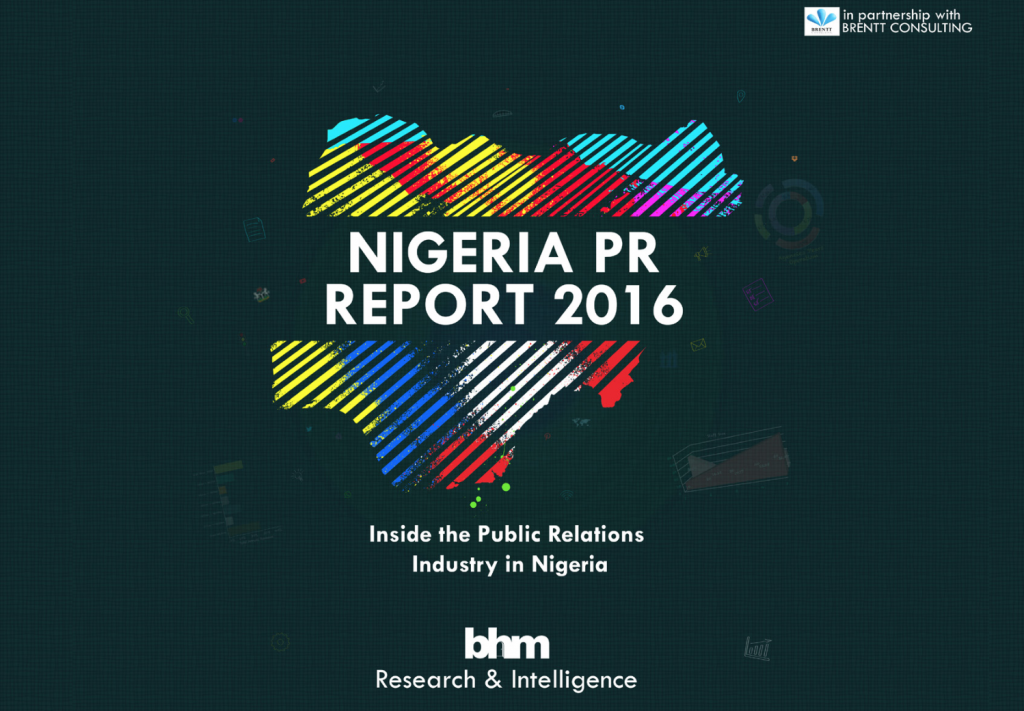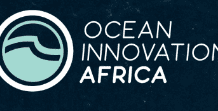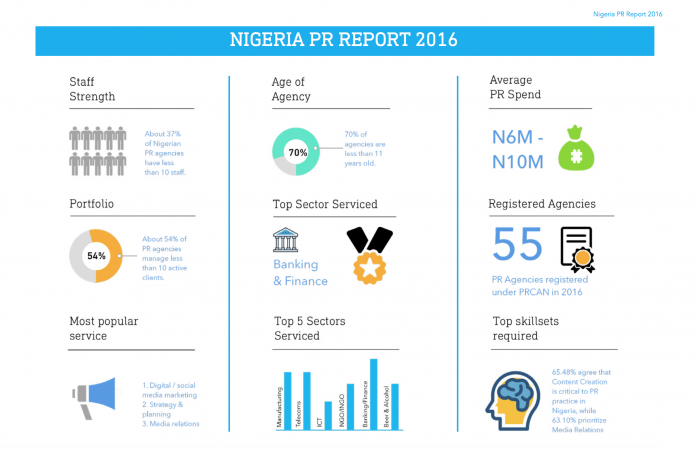Decision-making is a crucial part of managing any organization or business. Today, decisions are no longer carried out based on assumptions as the availability of data helps employers and employees make smarter and more predictable decisions on every matter.
In the recently released Nigeria PR Report 2016 produced by Nigerian PR firm, BHM, Marketing Manager of Interswitch Group, Olawale Akanbi explores the essence of big data in organizational decision-making.
“Big Data has been redefined in terms of volume, variety and velocity with the growth and transformation of digital ecosystem. Around 2.5 quintillion bytes of data are created every day, while 90% of the world’s data has been created in the last two years alone . This trend is not likely to slow down as the total amount of data is predicted to double every two years.
Financial Times’ Lexicon defines Big data as “the term used to describe huge volumes of data generated by traditional business activities and from new sources such as social media… Companies use sophisticated software to analyse this data for hidden patterns, trends or other insights that they can use to better tailor their products and services to customers, anticipate demand or improve performance” .


Interestingly, every business is literarily sitting on a goldmine of data, especially in today’s world which is flooded with so much information that making sense of loosely connected data in order to create impactful brand stories, improve performance, and better understand competitors, consumers, employees, merchants and other stakeholders becomes difficult.
Data alone do not answer “why” or explain inferred insights. As Financial Times’ Lexicon noted earlier, companies should not rely only on robots and softwares for interpretation of Big Data. Human element and critical thinking are very critical for semantics and understanding. This is where Public Relations comes in.
The big question is how can Big Data help PR clients make better and smarter decisions? To begin with, PR agencies have to take advantage of valuable data to build compelling cases for their PR strategies and effect insights derived into competitive benchmarking, planning and execution, and message engineering. It is imperative that PR practitioners use data patterns and trends to continually create value for their clients in order to boost return on investment and encourage them their willingness to increase PR spend and budgets.
They must go the extra mile to ensure their clients’ reputation is always at its peak and must go beyond delivering only social media mentions, likes, and impressions to justify how they have impacted the bottom-line.
Message engineering needs to inform content strategy. Message engineering is a systematic, target audience–based process of developing message, issue, or corporate positioning.
The “science of messaging” through Big Data research helps to uncover useful intelligence for better messaging decision-making. Big Data is about “what”, Clients would find it valuable if PR agencies can support them with traditional and social media analysis to answer “why” and “what can be done”.
How Big Data can help businesses make smarter and better decisions is clearly limitless, from business decision-making, product development, customer engagement, consumer targeting and profiling to go-to-market strategy and real-time analytics. Its effective use can help overcome biases, decipher customer behaviour, help brands avoid investing in the unknown and could be used to predict customer journey to be able to tailor campaigns to match the expected user experience.
All marketing professionals, whether client or agency, should leverage available information as key source for understanding customer segmentation, behavior while linking it with consumption of their services and to drive consumer pull for their products. This should help the marketing departments meet customers at their very points of need and offer them swift and effective solutions – an opportunity to cross-sell of complementary products.
In financial institutions, new age data can be used for developing customer credit profile; in health for tracking disease areas and fertility pattern; in retail for tailoring product selections for individual stores and determining customer loyalty. The list is endless.
The purpose of utilizing Big Data is to help the organization achieve its objectives, and create better, more efficient strategies and tactics through assumptions one can validate prior to execution and insights gleaned from that process, in an agile and very responsive way. Organizations need to learn to tune out most of the noise to focus on the all-important signal, and translate new knowledge into bottom-line improvements.”












































